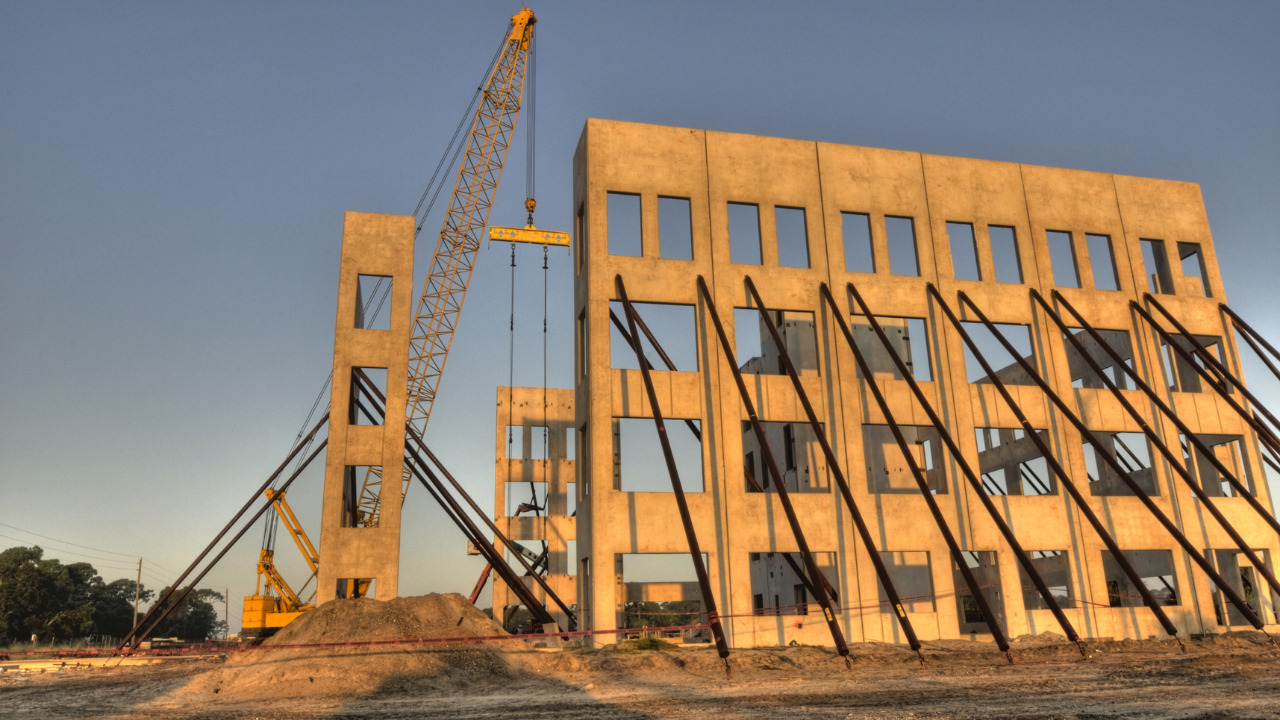The Roof Truss Jib is the perfect attachment when trying to position trusses in the middle of a plot. We can make the attachment to fit JCB and Deci machines, providing forward reach when elevated and intended to transport roof truss packs across construction sites.
Get lightweight goods far higher than your equipment can typically go with the help of the Roof Truss Boom. The boom is 148 inches long when retracted and 220 inches long when fully extended.
Its hydraulic cylinder allows for a 48-inch extension with your machine controls, and a manual pin lockout option adds another 12 or 24 inches to your reach.
The two-and-a-half-inch hole makes it easy to hook on chains or straps.
Table of Contents
Parts Of A Roof Truss
A truss’ top, bottom, and interior elements are collectively referred to as the top chord, bottom chord, and webs, respectively. The bottom chord is frequently referred to as a tie beam in historical carpentry, while the full chords are often termed rafters.
Common Features Of Roof Truss Jib
- Fast-hitch capability for a specific truck model.
- A hook and shackle are included for the secure carriage of roof trusses.
- It is a strong and durable design.
- For safety, it is painted a vivid orange.
- It has undergone extensive testing and received approval for safe use.
Process Of Roof Truss Jib
To save time, the Roof Truss Jib has been designed to be as simple to set up as possible. The procedure’s first and most obvious step is attaching the Roof Truss Jib to the chosen machine, ensuring it is firmly in place and that there are no potential problems.
The machine must now be driven towards the Roof-Truss-Jib, rested on the ground, and tilted forward to allow the top bar to hook under the mounting hooks of the Jib. The Jib must be raised off the ground by tilting the truck’s head backward.
To lock the unit into position, quick-release hydraulic pins must be inserted into the bottom holes of the jib attachment. Upon completing these assignments, the roof truss jib is equipped for secure operation. Carry out the exact instructions backward to disconnect the Jib.
A hook and shackle that come with the Mounted Truss Jib make it safe and easy to transfer roof trusses.
Maintenance Of The Roof Truss Jib
Weekly general status checks on the Roof Truss Jib should focus on:
- All weld sites.
- Fork pocket deterioration and deformation.
- Anything is worn or damaged.
- The general state of the shackle, safety latch, and swivel hook.
- Position and state of the extending boom.
- Before using the attachment again, any damage or failure must be reported and immediately fixed.
- General surface rust should be regularly treated with specialized inhibitors, primers, and paint, especially in essential regions.
This product is certified for seven months from the date of production, after which the customer is responsible for having the effect re-tested at an authorized testing facility or examined and logged in a register by a qualified individual following the recommendations.
Purpose Of Roof Truss Jib
As the principal load-bearing component of the roof structure, the roof truss’s function is to distribute weight to the main supports. A post is a wooden column in a tie-purlin roof truss structure, whereas a brace is a wooden beam in wall frame structures and roof trusses.
The Roof Truss Jib has been skillfully created to allow for the rapid and straightforward placement of trusses while offering forward reach heights.
The Three Main Signs Of Roof Truss Failure
Deterioration or Corrosion
Weather and water damage accumulate over time and cause harm. Always keep an eye out for aging symptoms when inspecting your roof. Roof trusses may become less sturdy due to metal plates, bolts, or nail corrosion. Over time, wood and glue deteriorate, increasing the risk of a roof truss failure.
Accidental Damage
Even the strongest roof trusses might break due to weather, earthquake, landslide, flood, or fire damage to the building. Unexpected overloading of one or more parts could occur due to structural damage or an impact on the building. Failure brought on by impact or stress might also result from accidental damage during restorations.
Cracks or Buckling
Do not disregard a crack! A roof truss may buckle, split, or shatter if it is stressed above its load limit. Failure of the roof truss may result from unusual or increased loading after the initial construction. Constructing or making other structural changes might also jeopardize the structure’s integrity.
Roof Truss Jib: Safety Measures
The operators’ thorough familiarity with the attachment, its use, and maintenance must be ensured by the supervisor of the department or section where the extension is to be employed. Please verify that the truck and its attachments can handle the projected load and contents.
Before each use, make sure the shackle pins are sufficiently tightened. When utilizing this attachment, make only vertical lifts, not angle lifts. Under no circumstances should the attachment be shock loaded. At each lifting point, the safe working load must not be exceeded.
The site’s management must ensure that everyone knows the rescue strategy, that the necessary tools and resources are on hand, and that the assigned employees are appropriately qualified.





